UTEP Recognized for National Materials Research Partnership
Last Updated on August 15, 2017 at 12:00 AM
Originally published August 15, 2017
By Lauren Macias-Cervantes
UTEP Communications
Danisha Rivera-Nazario, Ph.D., credits the Partnerships for Research and Education in Materials (PREM) program at The University of Texas at El Paso for a successful start to her future in chemistry. The alum completed a postdoctoral appointment in the Emergency Response Branch at the Centers for Disease Control and Prevention in Atlanta over the summer.

“I strongly believe that the PREM program equips us with the necessary tools to continue a career in science, either as researchers or educators, or both in my case,” she said.
Rivera-Nazario is one of 74 participants who have been part of the program since it started at the University in 2012 with a $3.3 million grant. The main goal of this National Science Foundation (NSF) initiative is to enhance diversity in materials research and education by stimulating the development of formal, long-term, collaborative research and education partnerships between minority-serving colleges and universities and the NSF Division of Materials Research (DMR)-supported centers and facilities.
“The big issue in the U.S. is that science and technology are extremely underrepresented by minorities and women in general,” explained Luis Echegoyen, Ph.D., professor of chemistry and PREM lead. “Females are doing much better now, but traditionally that wasn’t the case. Diversity of thought, of intellect, upbringing, education is crucial. That’s why the U.S. is what it is. Increasing diversity in general is crucial for progress. Solutions are much more creative if we do this.”
UTEP’s partner in the endeavor is the University of California, Santa Barbara (UCSB). The California school is ranked as one of the top in the world in materials research. The UTEP/UCSB PREM has been symbiotic and recently earned recognition among the 12 active PREMs in the U.S. It received a Creativity Extension Award of $666,000, making the total investment from the NSF about $4 million since 2012. The creativity award reflects the foundation’s appreciation for a team that has gone above and beyond to embrace the objectives of PREM.
Jose Alfredo Caro, NSF program director, cited the UTEP PREM as a model to emulate, complimenting Echegoyen’s leadership and the program’s success in achieving almost twice the average number of publications for this type of award.
“For an award in its first 5-year cycle, it is the only one that has achieved a 100 percent URM (underrepresented minority) participation in supported students at all education levels,” Caro said in an email to members of the 12 active PREMs. “The use of the funds given by NSF is also exemplary – 100 percent of the resources were applied to support students and their work, a quite unique case in the entire PREM portfolio. The effectiveness of the PREM resources used in this way has been maximized and constitutes an example to follow by other awardees.”
The PREM program at UTEP provides students accepted into the program the opportunity to work with seven researchers, including Skye Fortier, Ph.D. assistant professor of chemistry and UCSB alum.
“The PREM program is a research-intensive endeavor that is focusing on improving the way we harness and store energy,” Fortier said. “The efficient harnessing of clean solar energy is something that has worldwide implications. Additionally, for its students, the PREM program provides many of the skills and training that early-career scientists need to be competitive in a 21st century global market.”
Students in the program receive a salary, travel stipends, and materials and supplies to conduct their research. There is also a strong outreach component.
“PREM researchers from UTEP develop modules and present them to students,” said Kimberly Salayandia, PREM program coordinator. “These are hands-on activities where our researchers take their knowledge gained in their courses, and in their research lab, and try to demonstrate that to the students.”
For Rivera-Nazario, the skills and interdisciplinary experience gained made a difference.
"In my current position, I work alongside chemists, biochemists, biologists and statisticians,” said the PREM alumna. “Thanks to the multidisciplinary exposure in the PREM program, I've successfully collaborated with them in completing projects or tackling research challenges."
Echegoyen is hoping for another five-year grant for the program as he has big plans for the future. The team will submit its application in January.
For more on the program, visit the PREM page online.
PREM Faculty at UTEP:
Luis Echegoyen, Ph.D., director and professor, chemistry
Ramana Chintalapalle, Ph.D., associate director and associate professor, mechanical engineering
Tunna Baruah, Ph.D., associate professor, physics
Skye Fortier, Ph.D., assistant professor, chemistry
Chunqiang Li, Ph.D., assistant professor, physics
Yirong Lin, Ph.D., assistant professor, mechanical engineering
Juan Noverón, Ph.D., associate professor, chemistry
PREM Faculty at UCSB:
Ram Seshadri, Ph.D., director, Materials Research Laboratory, and professor, materials and chemistry
Craig Hawker, Ph.D., co-PI and director, CNSI; co-director, MRL; professor, materials and chemistry
Dorothy Pak, Ph.D., education director, Materials Research Laboratory
Michael Chabinyc, Ph.D., professor and associate chair, materials
Kris Delaney, Ph.D., project scientist, Materials Research Laboratory
Javier Read de Alaniz, Ph.D., associate professor, chemistry
Fred Wudl, Ph.D., research professor, chemistry
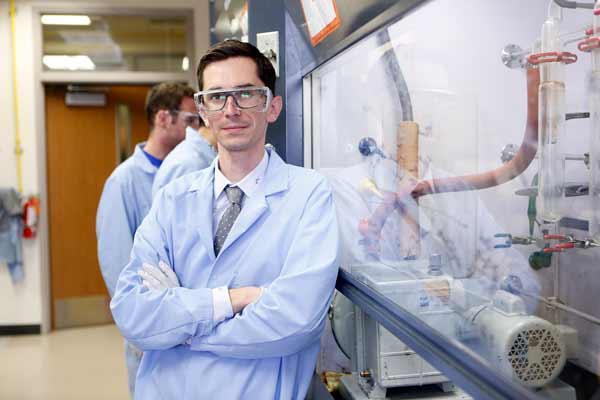
Skye Fortier, Ph.D., assistant professor in UTEP’s Department of Chemistry, is a UCSB alumnus who finds the opportunity to maintain connections with his alma mater enjoyable and enriching. Photo: J.R. Hernandez/UTEP Communications
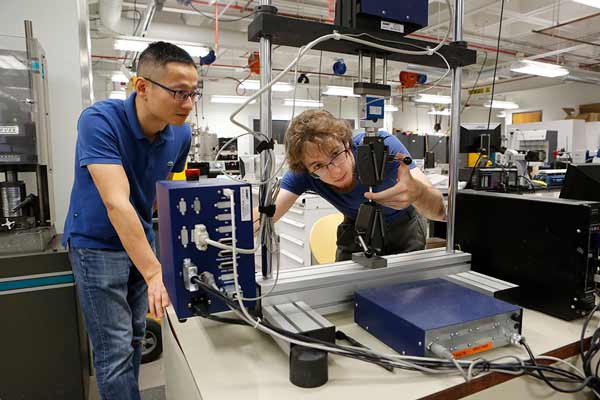
Yirong Lin, Ph.D., assistant professor in the Department of Mechanical Engineering, works in the lab with a PREM intern from UCSB. Photo: J.R. Hernandez/UTEP Communications
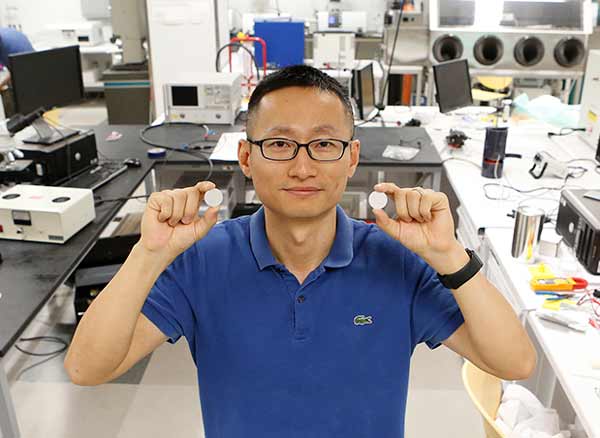
Yirong Lin, Ph.D., assistant professor in the Department of Mechanical Engineering, is one of seven faculty in the PREM program. Photo: J.R. Hernandez/UTEP Communications
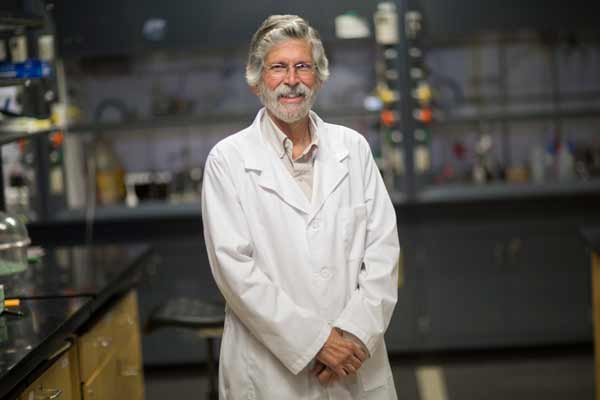
Luis Echegoyen, Ph.D., professor of chemistry, leads the PREM program at UTEP. He says diversity of thought, intellect, upbringing and education is crucial. Photo: Ivan Pierre Aguirre/UTEP Communications
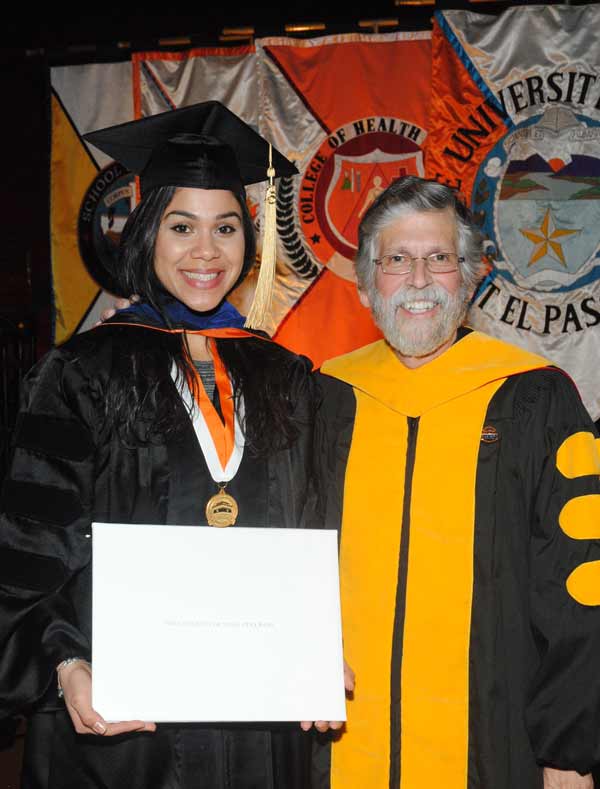
Danisha M. Rivera-Nazario, Ph.D., was born and raised in Puerto Rico. She knew she wanted to pursue a career in science since she can remember. She applied to college and was accepted in the Human Biology Program at the University of Puerto Rico - Bayamon (UPR-B). During her freshman year, she fell in love with chemistry and immediately changed majors. She completed by B.S. in Chemistry from the UPR - Río Piedras in 2009. She was the first of her family members to pursue and obtain a graduate degree. She started her graduate studies in Puerto Rico but after a year she decided to join Dr. Echegoyen's group at UTEP in 2010.
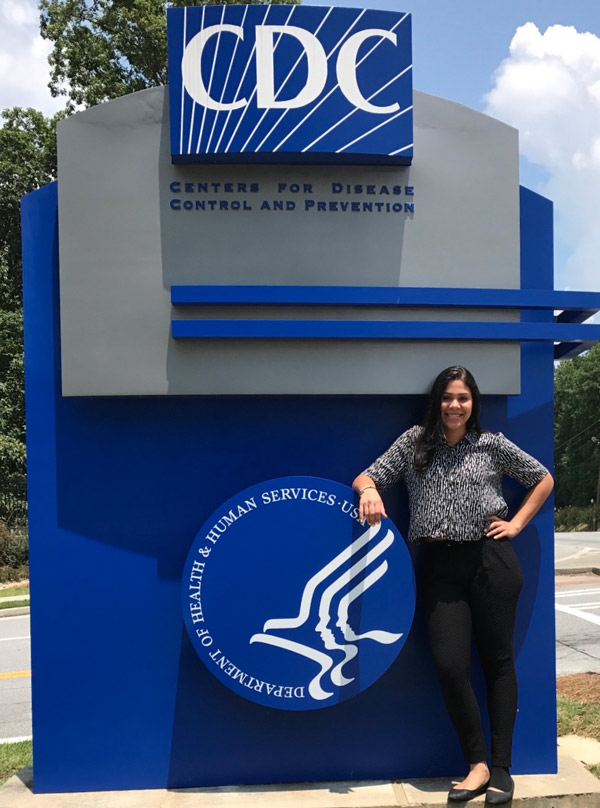
Danisha Rivera-Nazario, Ph.D., stands outside the Emergency Response Branch at the Centers for Disease Control and Prevention in Atlanta. The UTEP/PREM alumna completed a postdoctoral appointment over the summer. Photo: Danisha Rivera-Nazario, Ph.D.
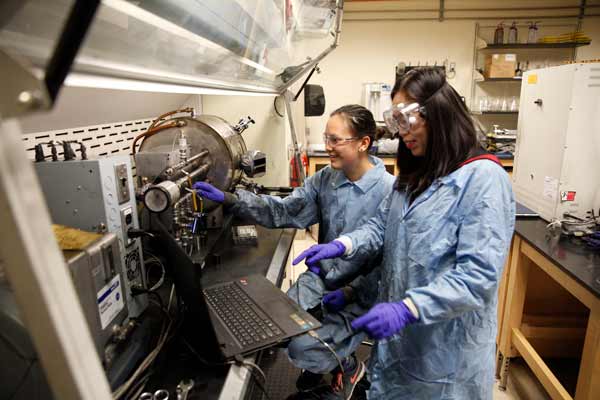
UTEP’s partner in the endeavor is the University of California, Santa Barbara (UCSB). Students at the California school spent some time doing research at UTEP this summer. Photo: Ivan Pierre Aguirre/UTEP Communications
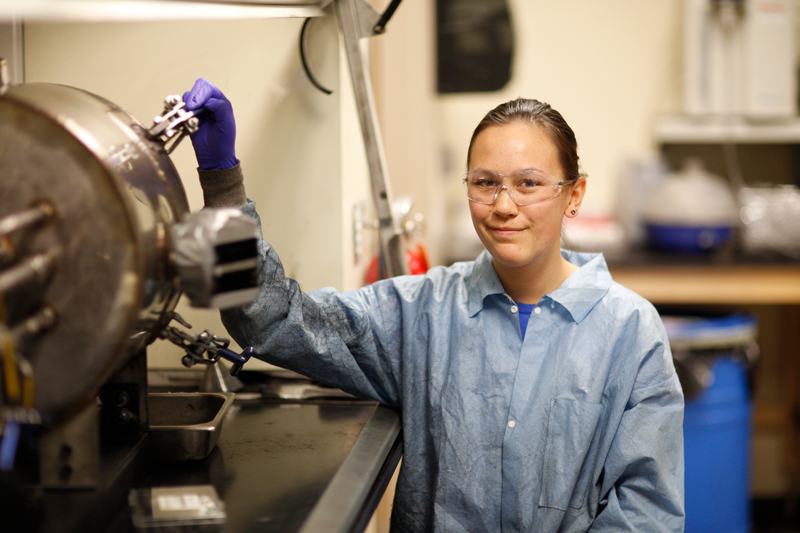
Allison, a PREM REU summer intern, is working with the arcing reactor and generating new uranium metallofullerenes by the use of carbon rods filled with uranium oxide and graphite. Her postdoctoral mentor is Wenting Cai, Ph.D. Photo: Ivan Pierre Aguirre/UTEP Communications